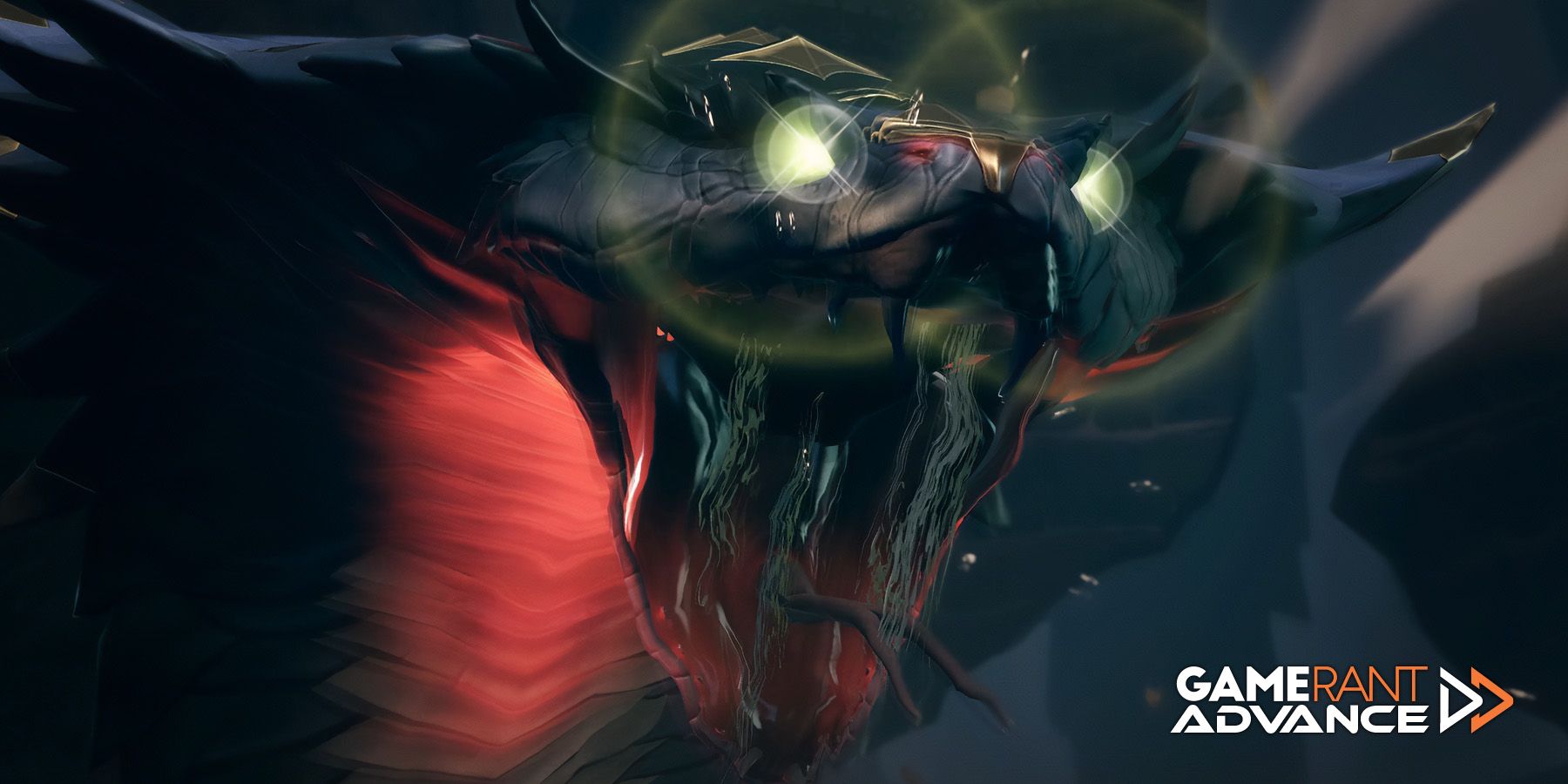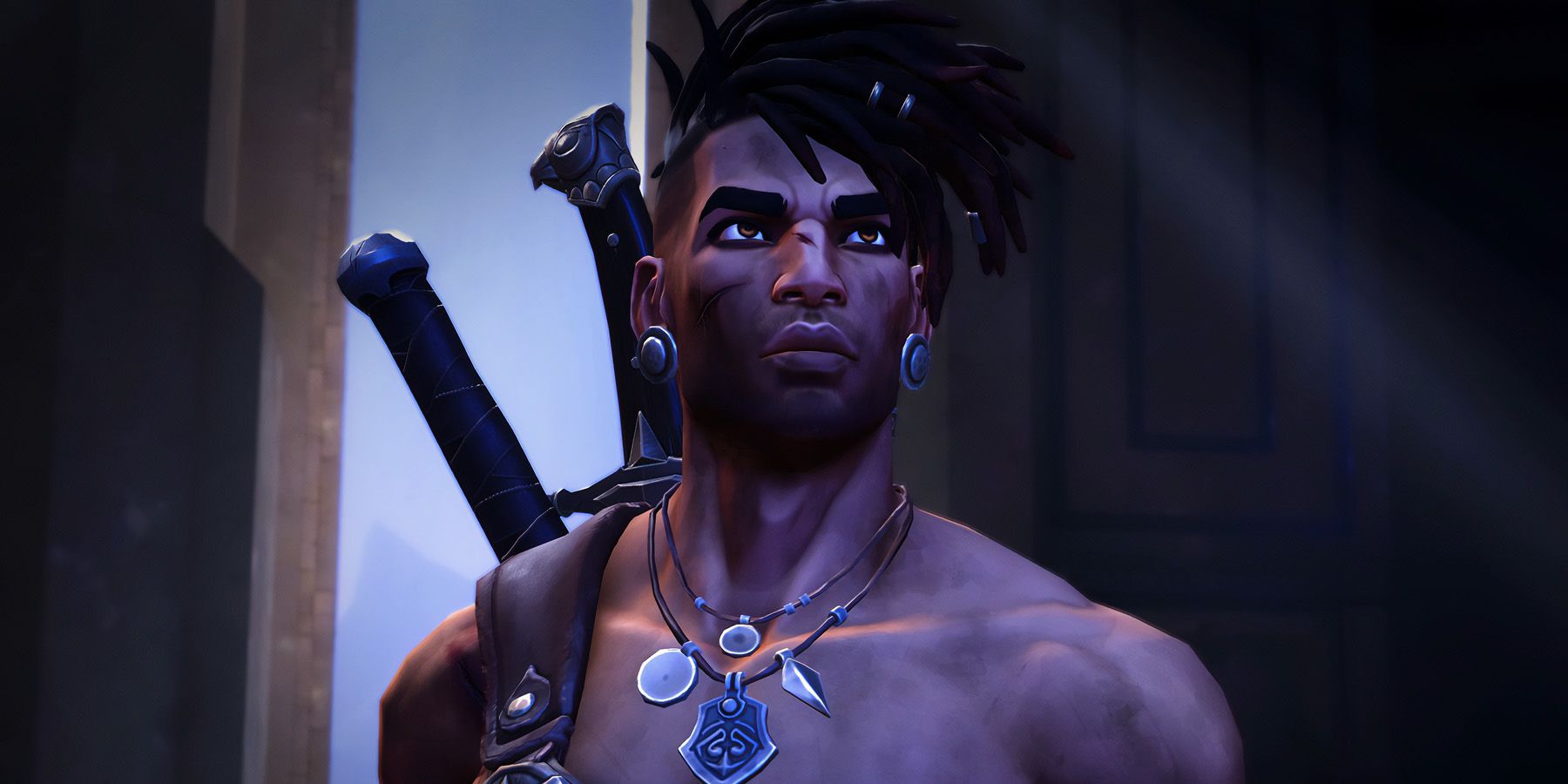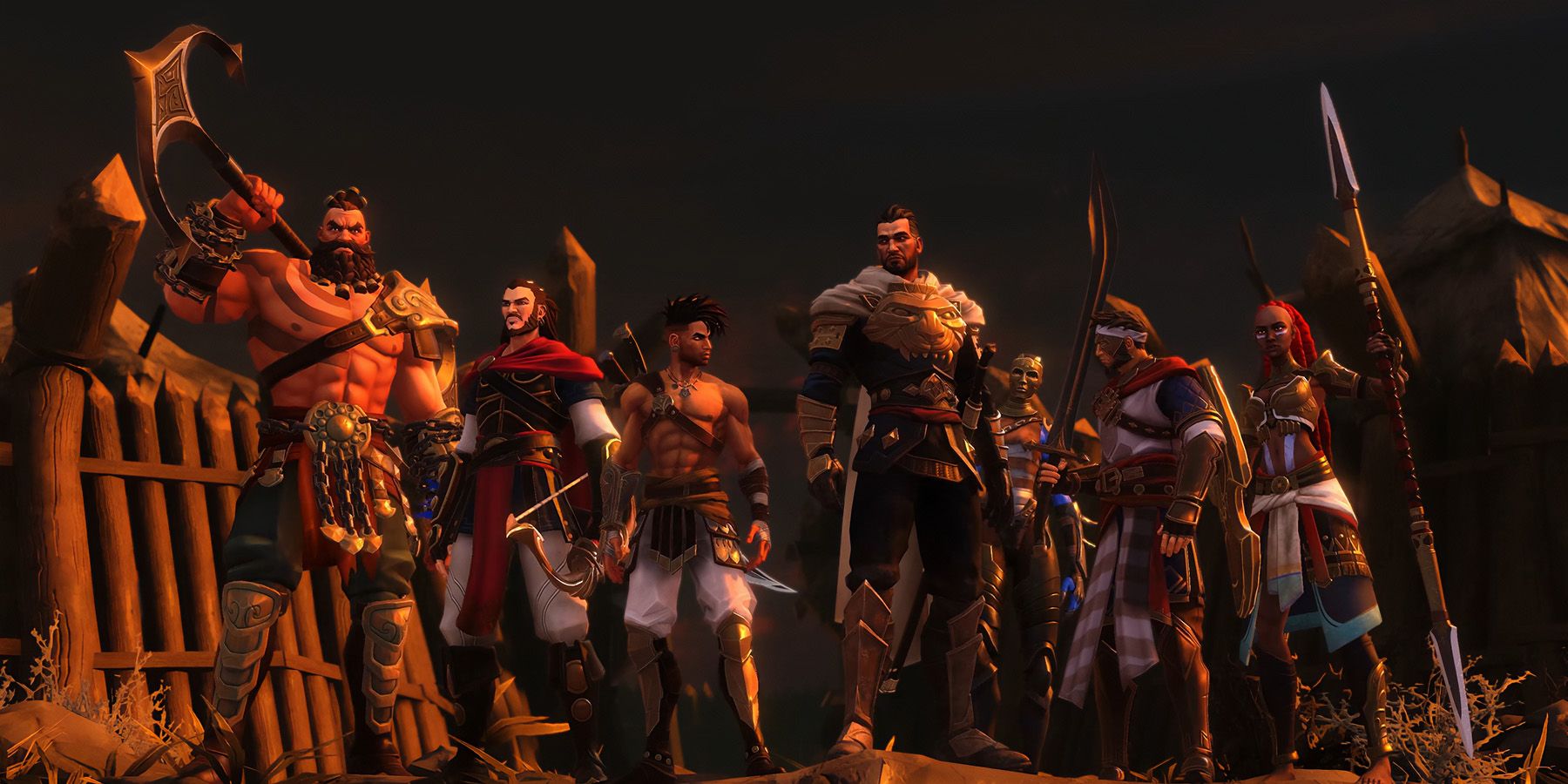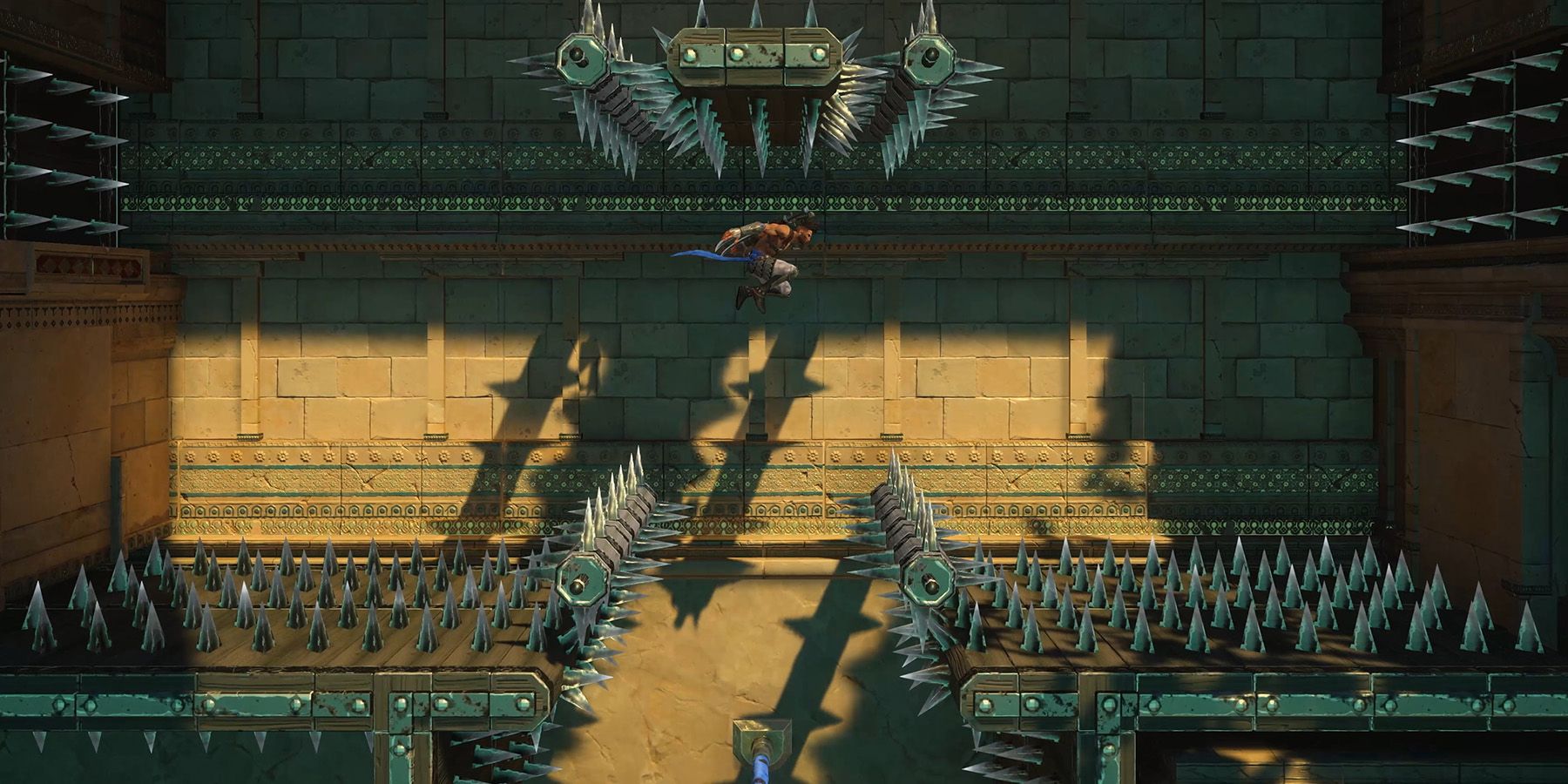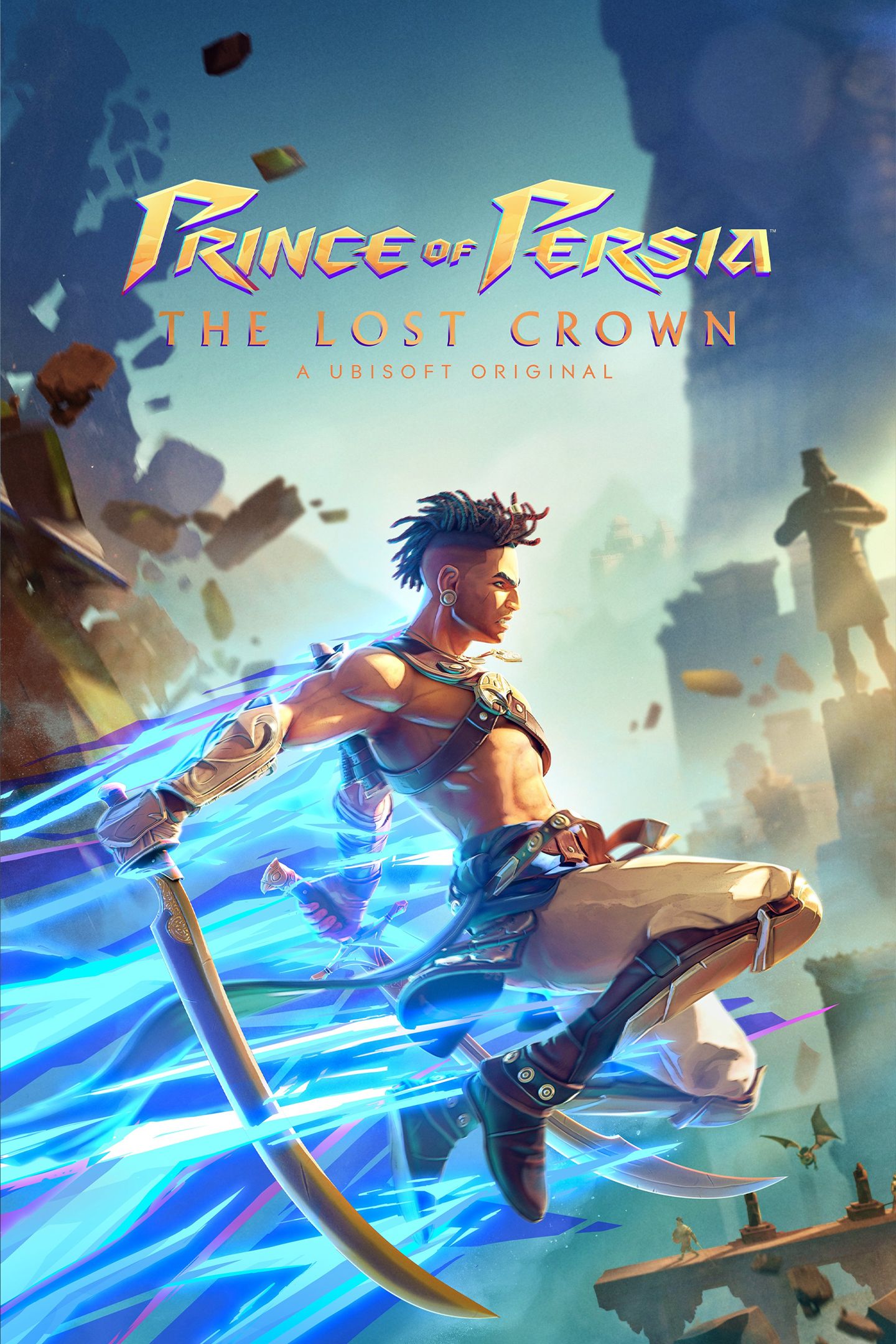Prince of Persia: The Lost Crown transports players to a cursed land set in a fictional Persian world. While Ubisoft's Assassin's Creed franchise sometimes changes history but mostly adheres to it, Prince of Persia: The Lost Crown takes a somewhat different stance by combining history and mythology to make something new.
Game ZXC recently interviewed Jacques Exertier, Narrative and Animation Director from Ubisoft Montpellier about the role of Persian mythology in Prince of Persia: The Lost Crown, who talked about its influence on the game versus the role of history. Exertier also explained how several features in the game were inspired by Persian myths and much more. The following transcript has been edited for clarity and brevity.
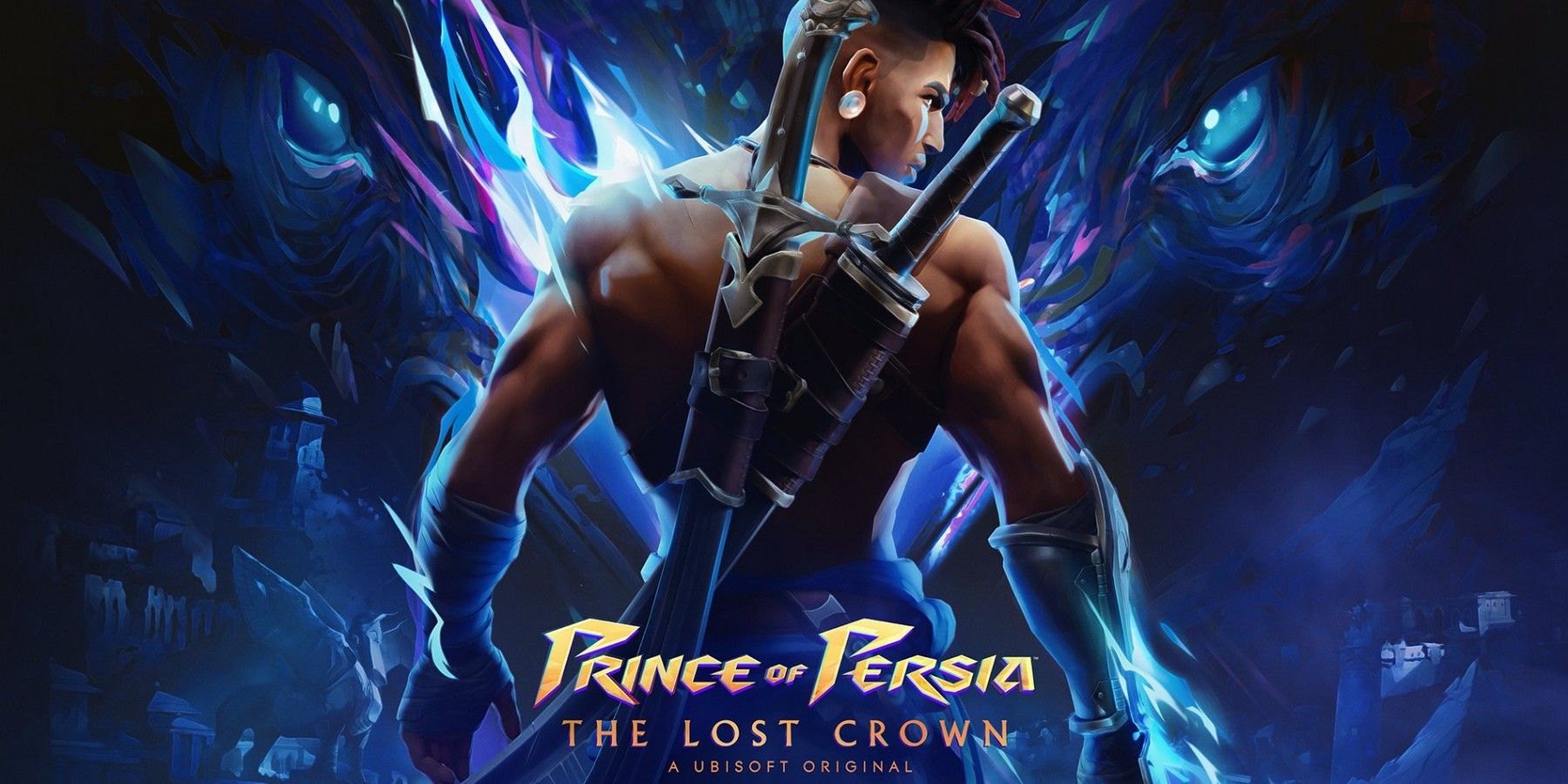
Prince of Persia: The Lost Crown - Minimum PC Requirements
Ahead of its launch, Ubisoft has revealed the minimum PC requirements for Prince of Persia: The Lost Crown.
Q: In the 1989 original and 2007 Prince of Persia Classic remake, the protagonist is the nameless prince rescuing the princess, but in The Lost Crown players play as Sargon searching for the kidnapped prince Ghassan, which seems to flip the traditional damsel-in-distress script. How important was it to change the narrative in this way, and why did you choose this approach?
A: The player will find many elements they loved in previous installments but in a renewed manner. While respecting the core pillars, we chose to put a twist on some of the brand's fundamentals. Indeed, this time, having the Prince himself and not a female character in the role of the one to be saved seemed interesting to us. These initial and foundational decisions have guided us significantly, presenting us with new choices and leading us to explore new directions in the narrative.
Q: Why did Ubisoft decide to create a brand new, named character in Sargon for The Lost Crown?
A: This is a new original adventure within the franchise, without any connection to previous games. In the previous episodes, the hero was largely defined and characterized by his princely role. Sargon is not the Prince. We had to build an origin, a past, and a trajectory for him to become.
Q: In your opinion, how does Sargon compare to the Prince from past games in terms of skill, character, and so forth?
A: Sargon shares with the Prince from previous installments extraordinary physical abilities that grant him exceptional agility and perfect combat mastery. However, he differs significantly in terms of personality, shaped by the warrior education he received, far from the splendors of the palace. His past holds areas of shadow that the player will uncover.
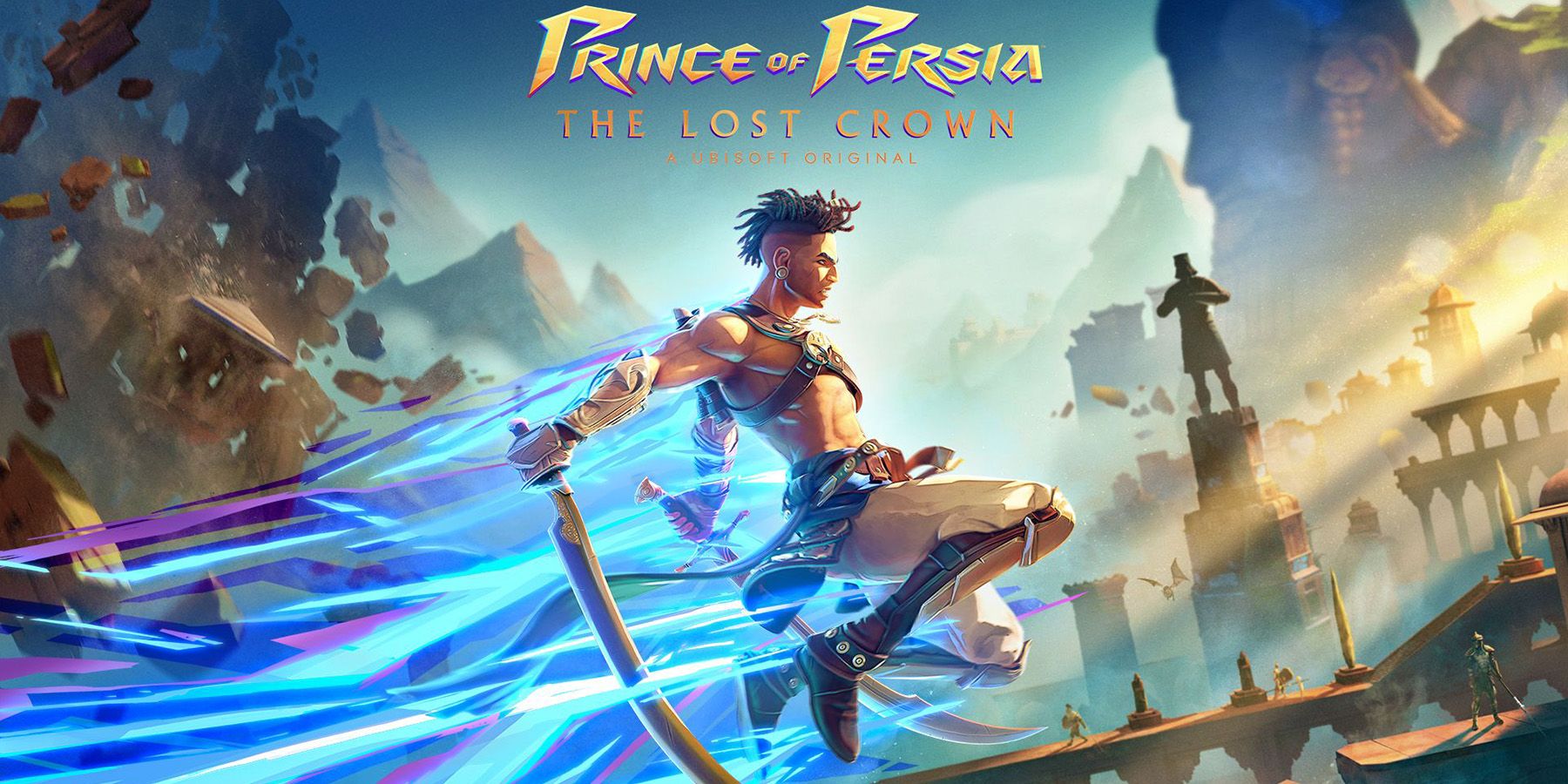
Prince of Persia: The Lost Crown Hands-On Preview
Game ZXC's three-and-a-half-hour preview of the upcoming Prince of Persia metroidvania showed fun exploration, tough bosses, and clever puzzles.
Q: Sargon is described as a ruthless and skilled fighter fueled by anger, with a fighting style that reflects his personality. Could you tell us a bit more about Sargon’s orphan and strict training backstory?
A: Sargon received a strict and military education from his tutor, Anahita. He has become an extremely talented warrior. Anahita taught him to channel the sometimes very violent anger that drives him, and whose origin he is not aware of.
Q: What inspired the creation of the new character group called the Immortals, and could you tell us a bit more about them?
A: The Immortals in our game are inspired by a real elite force in the Persian army. The Immortals served as the personal guard of the rulers, numbering 10,000. They were called Immortals because as soon as one of them died, they were immediately replaced, ensuring that the group itself and its striking power remained unchanged.
In Prince of Persia: The Lost Crown, while History and Mythology have greatly influenced us, we allowed ourselves to deviate from them when the experience called for it. Prince of Persia: The Lost Crown is not a historically focused game. Our Immortals are 7 in number, having already won a thousand victories on countless battlefields, and nothing seems able to defeat them. The player thus embodies Sargon, the latest addition among them. He will find a family among them and develop a unique relationship with each.
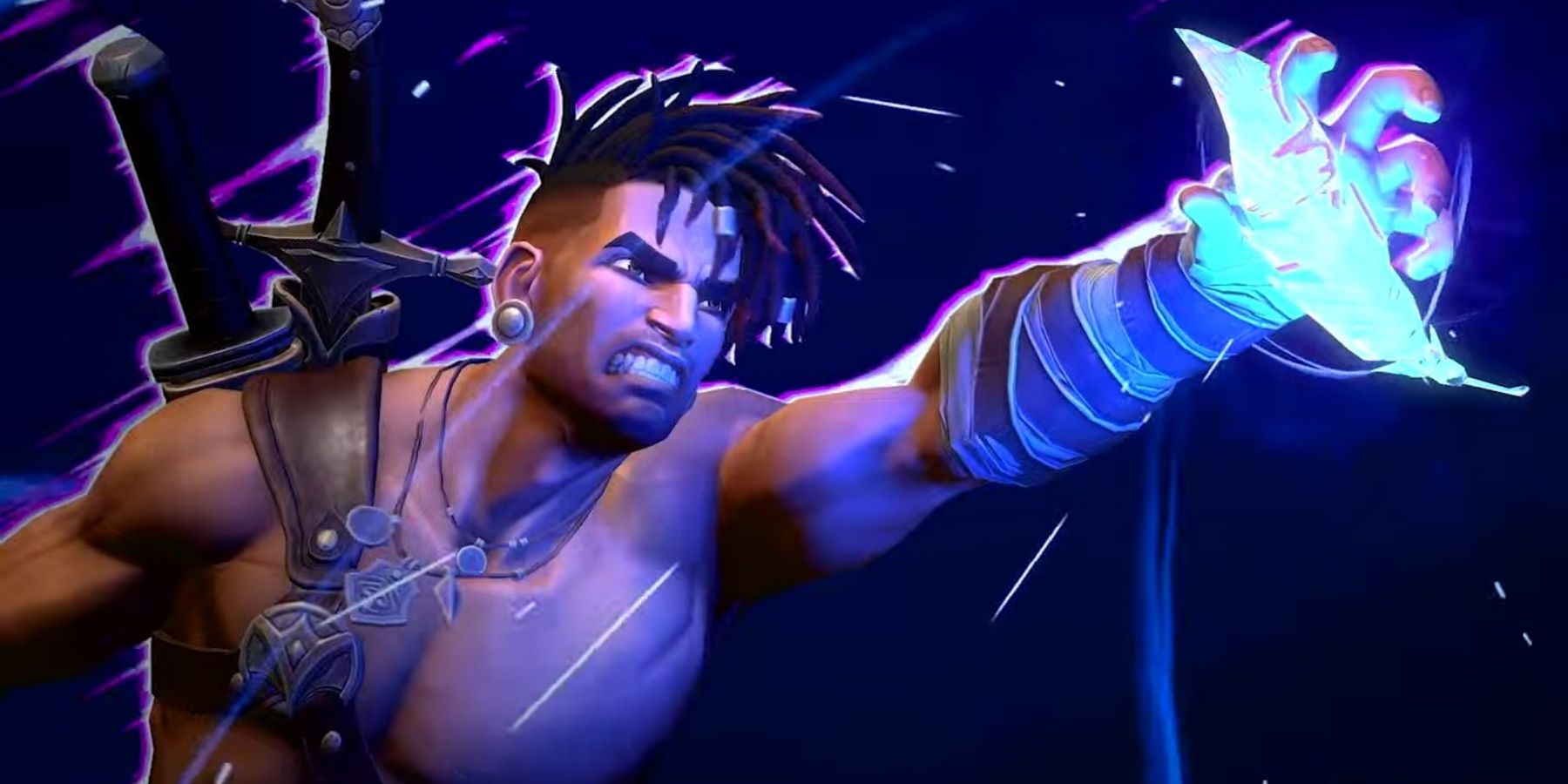
How Prince of Persia: The Lost Crown's Sands of Time Compare to the Original
Prince of Persia: The Lost Crown is hearkening back to the series' roots in many ways, and one of those sees the return of the iconic Sands of Time.
Q: How did they ultimately come to be a group of protectors?
A: About 7 or 8 years before the story of Prince of Persia: The Lost Crown begins, Vahram distinguished himself on numerous battlefields. He quickly gained recognition as the most powerful warrior in the kingdom. His fame reached the ears of Queen Thomyris. She then entrusted him with the mission to traverse Persia, find the best warriors, and assemble an elite force tasked with her protection and that of the kingdom.
Q: What brought Sargon to the Immortals?
A: When Sargon was a young warrior, the legend of Vahram, the White Lion of Persepolis, radiated throughout the kingdom and beyond. It fueled the fears or ambitions of warriors from all walks of life. Some saw him as an enemy to be feared, others as a role model to be revered, and still others as a trial to overcome. Young Sargon was among them. With the audacity and fervor that characterized him, he once presented himself among the Immortals to challenge the White Lion.
Q: Players begin the game as Sargon and will get to fight against other characters with time-wielding abilities. What benefits do enemy characters with time-related abilities bring to The Lost Crown?
A: It was a very stimulating and fruitful exercise, both in terms of the scenario and game design, to reverse the roles. What powers would be necessary to confront an opponent endowed with time powers? Which character could meet this challenge? What would have been their trajectory? How would they have acquired these powers and for what purpose? We had to imagine these new powers, their acquisition, and build new situations to highlight them.
Q: Could you explain more about the Persian-inspired setting of Mount Qaf and its different biomes?
A: Mount Qaf is an iconic location in Persian mythology. It is at its summit that the Simurgh, the immense divine bird protecting the kingdom, lived. In Prince of Persia: The Lost Crown, we placed the Citadel of Knowledge on the slopes of Mount Qaf. At the beginning of the game, it falls victim to a strange curse, but under the rule of Darius, it was the pride of all Persia.
The Lower Citadel was a lively place where merchants, artisans, and travelers from all satrapies (Persian Empire’s provinces) gathered. A bit higher up, the Sacred Archives were a unique place in the known world. Religion, Medicine, Astrology, Geometry, Algebra—all human knowledge was carefully preserved there and accessible to everyone. Not far from the foothills of the citadel, the Hyrcanian Forest (this forest still exists in Iran and harbors lush flora and fauna far from the desert landscapes often associated with Persia).
In the deepest abysses of Mount Qaf, there are traces of civilizations long gone, predating the human species. In the Upper Citadel, Darius, the king of kings, had his palace erected. And even higher, the mages could invoke the Simurgh to seek its protection.
Q: Could you tell us more about the origins of the curse that’s afflicted the kingdom of Mount Qaf?
A: No one knows the reasons for the curse that has befallen Mount Qaf for about thirty years. The few individuals who ventured there never returned. Since that fateful date, Persia has weakened, the plains of Fars no longer yield wheat, and the Simurgh, the immense divine bird that had always protected the Persian people, has vanished from the sky of Persepolis. When the Immortals are sent to Mount Qaf to find Prince Ghassan, they know that this mission will be unlike any other.
Q: The Lost Crown gameplay trailer features a legendary Persian manticore, a giant Azhdaha snake, and more. What other mythological creatures might players encounter in the game?
A: Persian mythology, its bestiary, and its pantheon are of almost infinite richness. They have been an exceptional source of inspiration for us. Lamashtu, Anzu, the Djinn, Akoman, Erlik, the Nasu... Each creature often contains the initial narrative building blocks that would allow us to integrate it into our story, but also frequently inspiring abilities for the game designers.
Q: How does the Prince of Persia: The Lost Crown’s exploration of mythology differ from the latest Assassin’s Creed games?
A: One of the pillars of the Assassin's Creed brand is the intention to embed and anchor the episodes in historical reality. This is not the case for the Prince of Persia brand. More specifically, in Prince of Persia: The Lost Crown, we drew inspiration from both historical reality and Persian myths and legends. They served as a valuable source of inspiration, but we chose to break free from them when game design, the scenario, or the narrative arcs of our characters prompted us to do so.
[END]

